
- #environmental protection
EU court backs ban on atlantic deep-sea fishing
17 hours ago

- #sustainable development
Vietnam launches emissions trading scheme
3 days ago

- #transport
Largest electric ferry to link Finland and Estonia
4 days ago

- #plastic pollution
Development banks launch clean oceans initiative
5 days ago
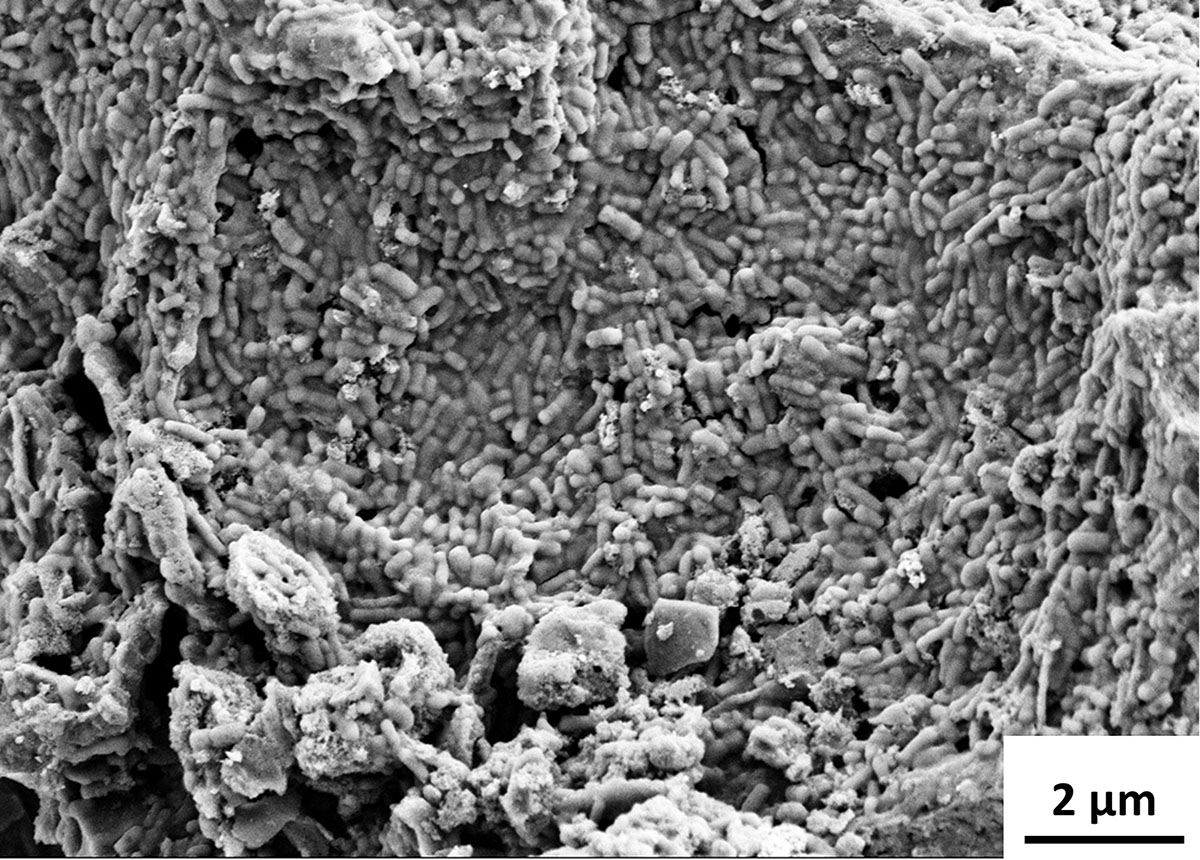
- #green tech
Dissolvable batteries made from gut bacteria
6 days ago

- #ocean
EU unveils ocean pact before UN conference
7 days ago
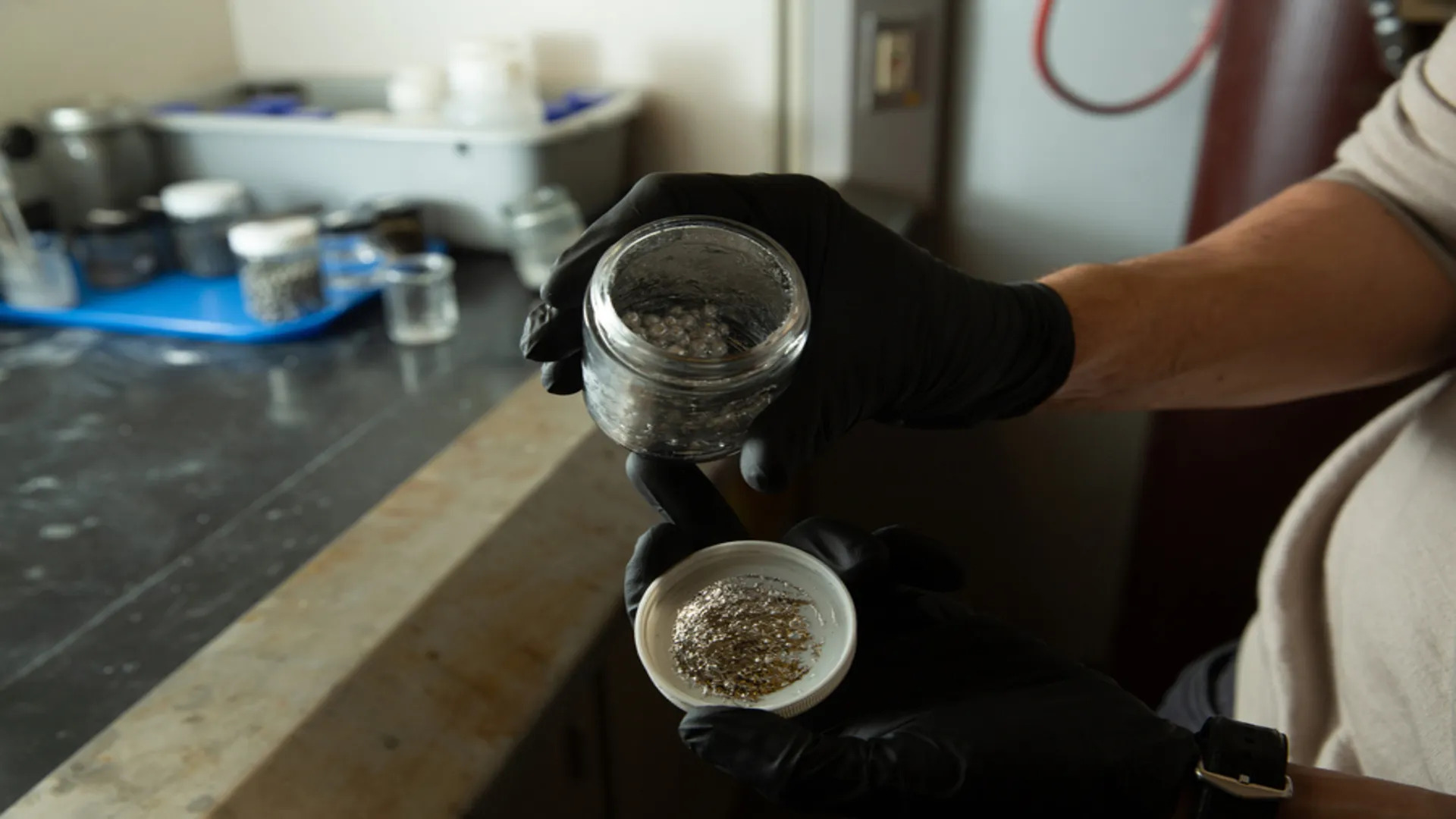
- #renewable energy
Hydrogen fuel from scrap aluminum and seawater
Last week

- #plastic pollution
Japan develops plastic that dissolves in seawater
Last week
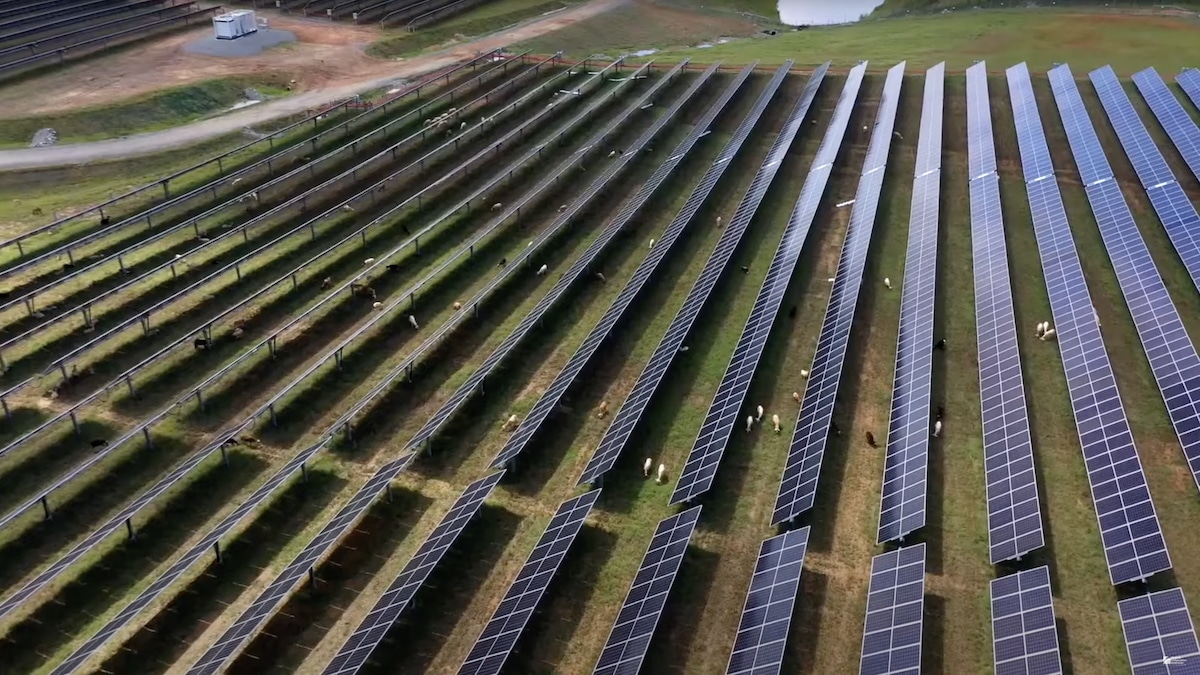
- #sustainable development
New agrivoltaic showcases sheep and honeybees
2 weeks ago

- #plastic pollution
Ban on flushed wipes, plastic balloons in Spain
2 weeks ago

- #environmental studies
Air quality logging system for moorland fires
2 weeks ago
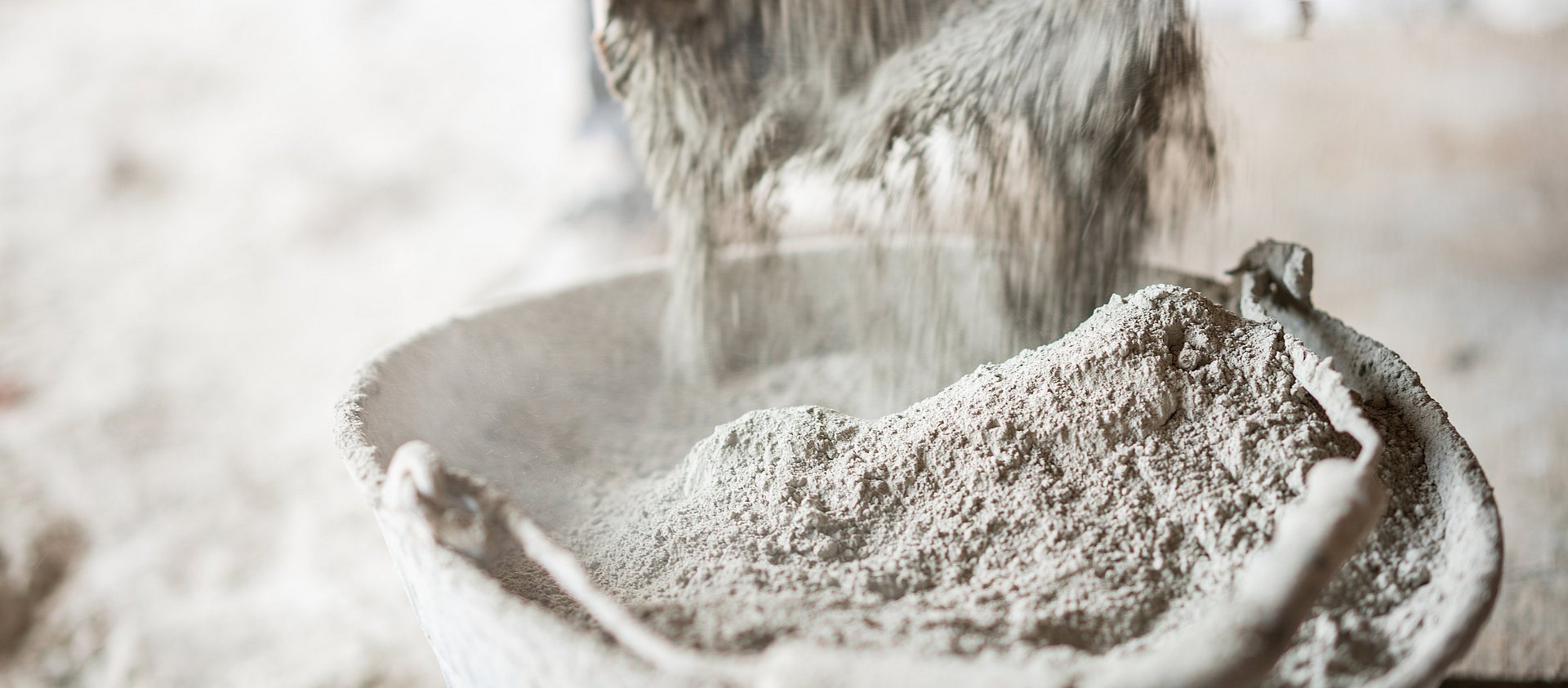
- #green tech
From waste to high-performance building material
2 weeks ago

- #ocean
EU, 6 member states ratify UN treaty on high seas
2 weeks ago
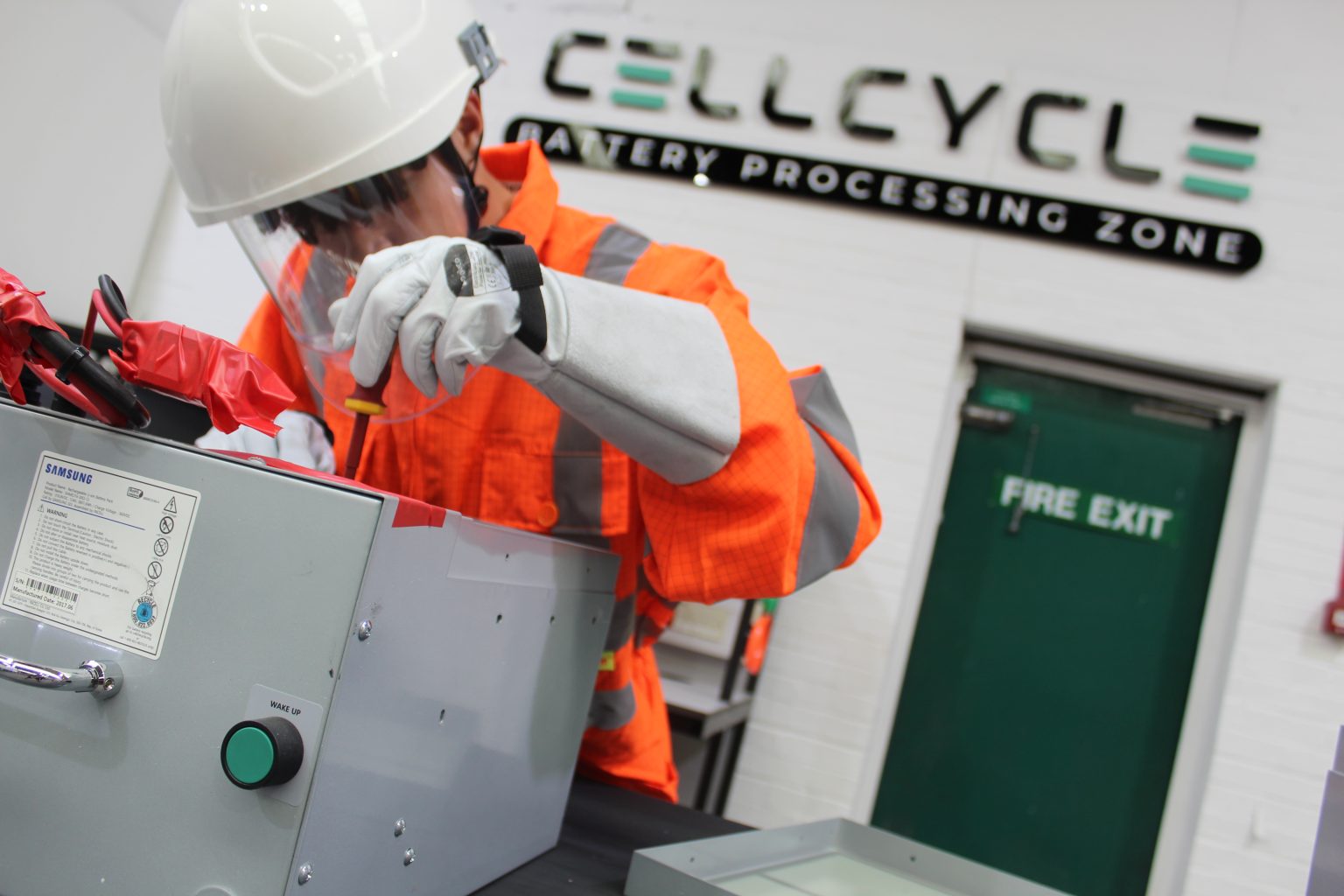
- #waste
Recycling lithium batteries with bacteria
3 weeks ago

- #environmental protection
Salton Sea restoration hits major milestone
3 weeks ago
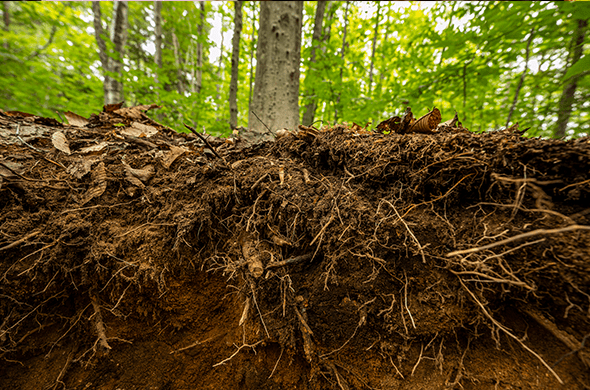
- #environmental studies
Automated system tracks methane in forest soils
3 weeks ago

- #green tech
Smart facade uses air and AI to cut emissions
3 weeks ago

- #environmental protection
Breda becomes 4th National Park City in the world
3 weeks ago

- #renewable energy
Lithium-CO₂ ‘breathing’ battery breakthrough
3 weeks ago
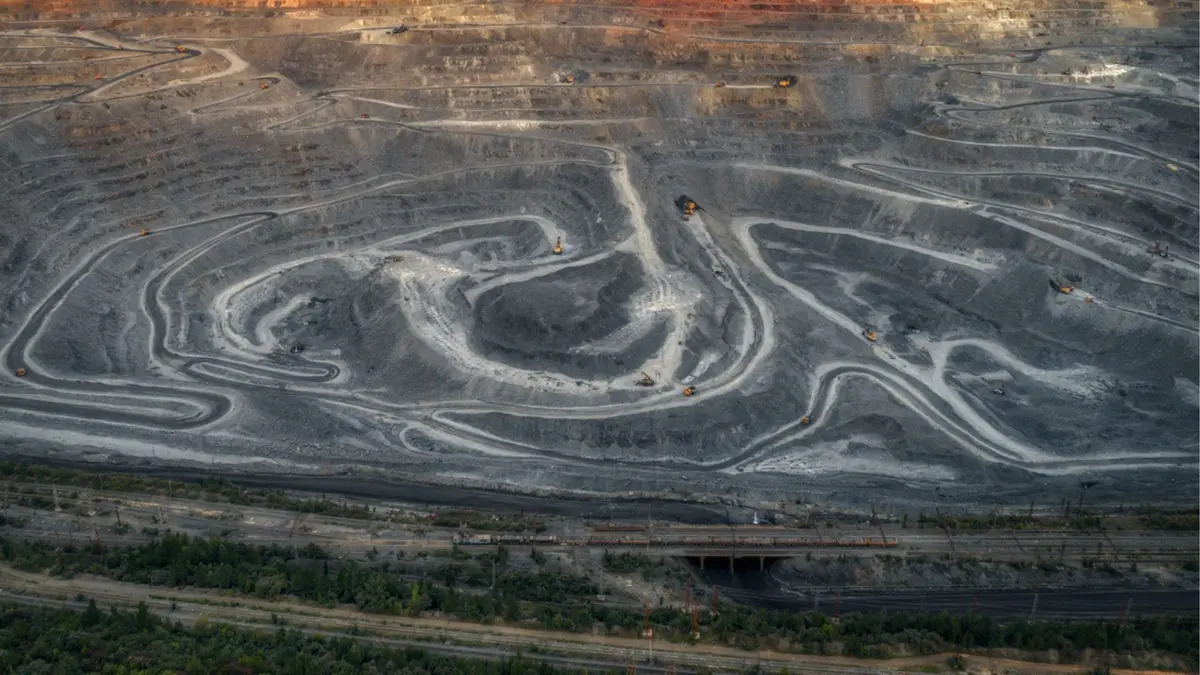
- #environmental studies
Geologists find massive copper-gold-silver deposit
4 weeks ago